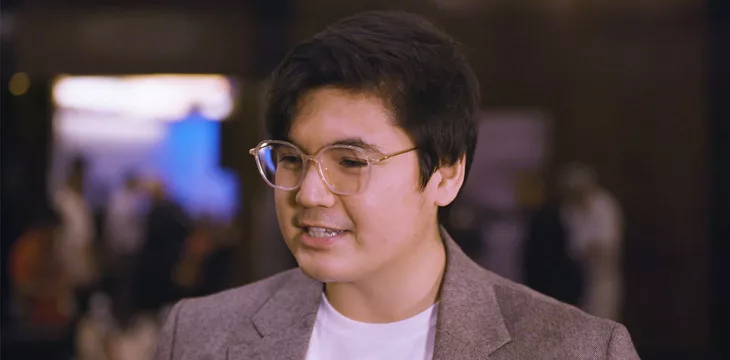|
Getting your Trinity Audio player ready...
|
In 2017, Salvator Mundi, a painting by Italian artist Leonardo da Vinci sold for a record-setting $450 million. For most people, this astronomical price is beyond their reach. But what if you could purchase a fraction of a painting by Andy Warhol, Pablo Picasso, or Vincent van Gogh? Artifract is leveraging blockchain technology to democratize art.
“Artifract is a pioneering fine art NFT company in the Philippines, but with global partners,” Chief Business Officer Santiago Arnaiz told CoinGeek Backstage. “We work with artists, museums, and collectors to mint art into NFTs and then fractionalize that and turn them into limited collections for collectors to purchase.”
Arnaiz believes fractionalizing art through NFTs (non-fungible tokens) is the best way to democratize access to some of the finest paintings in the world.
“Not everyone can afford a [Juvenal Garrit] Sansó, but many people can afford a fractionalized piece of art.”
Artifract has focused on the Philippines, and it’s paying dividends as the country continues to be a global leader in NFTs and digital assets. This tech-savvy nature of Filipinos has extended to the artists, and Arnaiz says there’s growing interest in digitizing art, especially through NFTs.
Artifract has partnered with United Nations Development Programme (UNDP) to use NFTs for cultural and biodiversity preservation. The partnership is targeting endangered species indigenous to the Philippines. Artifract will mint NFTs inspired by these species and sell them, with the proceeds going toward preserving these animals. The number of NFTs sold for each species will equal the number of animals remaining.
“We’re very excited and proud of that initiative,” he said.
Fine art has been one of the industries blockchain has disrupted. Last year, a painting by world-famous French artist Pierre-Auguste Renoir and its digital twin went on sale on Buzzmint, a BSV-powered NFT and tokenization platform.
As co-founder Michat Scistowski explained at the time, the owners of the Renoir painting chose BSV for its “immutable data storage that lets us connect the physical painting to a digital twin for metadata without any doubts and contractless system that makes our platform globally unhackable, which is critical because we are considering transactions in the millions of dollars.”
Watch: Using blockchain tech for data integrity

 12-07-2025
12-07-2025 





